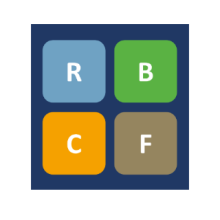

Results-Based Financing for Climate
Authors
Tags
- Clean energy-knowledge resources (1)
- Urban transportation-project examples (1)
- Energy access-project examples (9)
- Clean energy-project examples (9)
- Energy efficiency-project examples (5)
- Deforestation & forest degradation-knowledge resources (1)
- Urban transportation-knowledge resources (1)
- Deforestation & forest degradation-project examples (3)
- Water-project examples (3)
- Solid waste management-project examples (6)
- Energy access-knowledge resources (1)
- Climate resilience-knowledge resources (3)
- Climate resilience-project examples (3)
- Energy efficiency-knowledge resources (1)

Blog » Global Energy Transfer Feed-in Tariffs Program (GET FiT)
Global Energy Transfer Feed-in Tariffs Program (GET FiT)
The main objective of GET FiT is to enable East African nations to take a climate resilience low-carbon development path resulting in growth, poverty reduction and climate change mitigation. Currently, GET FiT has rolled out in Uganda (starting from May 2013); roll-out plans in other countries are still in plan phase. The programme is designed to address investment barriers in small RE projects by providing project owners additional cash flow during early debt repayment periods.